Learn how Azure Pipelines works for Open-source projects
Azure Pipelines provides a robust platform for building, testing, and deploying applications, including support for both public and private open-source projects. Here’s an overview of key aspects:
1. Public vs. Private Projects
Public Projects:
Accessible to everyone with read and write permissions.
Free tier available with certain limitations on parallel jobs and build minutes.
Private Projects:
Restricted access, visible only to authorized users.
Offers more flexibility in terms of build minutes and parallel jobs, but incurs additional costs.
2. Supported Services
Azure Pipelines supports a variety of services for both public and private projects, including:
CI/CD for:
.NET, Java, Python, Node.js, and more.
Deployments to various environments (Azure, AWS, Kubernetes, on-premises).
Integration with services like GitHub, Bitbucket, Docker, and more.
3. Practical Example: .NET Core CLI
Using .NET Core CLI with Azure Pipelines for CI/CD:
Workflow:
Build .NET Core applications.
Run unit tests.
Deploy to Azure or other environments.
Monitor and manage via pipelines.
Example YAML configuration for a .NET Core project:
xxxxxxxxxx181trigger2 branches3 include4main5jobs6jobBuild7 pool8 vmImage'windows-latest'9 steps10taskUseDotNet@211 inputs12 packageType'sdk'13 version'6.x'14scriptdotnet build15jobTest16 dependsOnBuild17 steps18scriptdotnet test4. Free Tier of Azure Pipelines for Public Projects
Free Tier Eligibility:
Public repositories (e.g., GitHub public repositories) qualify for a free tier of Azure Pipelines.
Includes 40,000 build minutes per month and 10 parallel jobs.
No additional cost unless usage exceeds the free tier limits.
5. Limits on Who Can Use Azure Pipelines
Public Projects: Open to anyone with access to the repository and pipeline.
Private Projects: Requires specific user permissions (e.g., contributor, administrator).
6. Limits on Builds and Release Pipelines
Public Projects: Limited to 40,000 build minutes and 10 parallel jobs in the free tier.
Private Projects: Additional flexibility but incurs cost beyond the free tier.
Per-Minute Plan: You can only run one job at a time for each pipeline.
7. Visual Studio Enterprise Subscription and Parallel Jobs
As a Visual Studio Enterprise subscriber, you receive additional benefits with Azure Pipelines:
Parallel Jobs:
Enhanced limits, typically providing more than the standard free tier (e.g., potentially unlimited jobs depending on the subscription level).
This allows for more scalable CI/CD workflows, ensuring better performance for complex pipelines.
8. Per-Minute Plan Restrictions
With the per-minute billing plan
One job at a time:
You can only run one job per pipeline at any given time. This limits simultaneous execution, which is crucial to manage costs effectively.
Summary
Overall, Azure Pipelines provides flexibility for both open-source and private projects, with support for a wide range of services and configurations tailored to different usage scenarios.




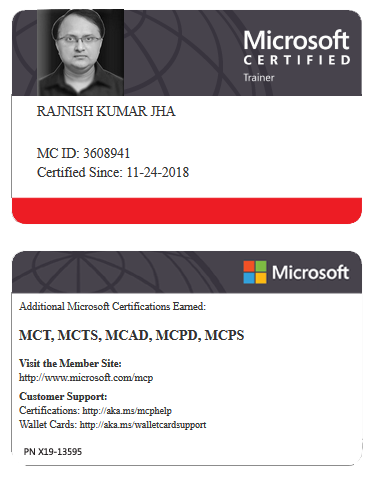


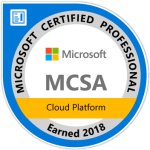



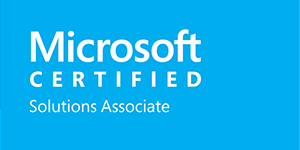
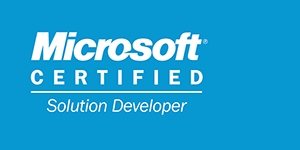


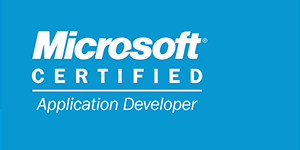
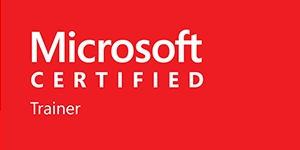





Leave a Reply